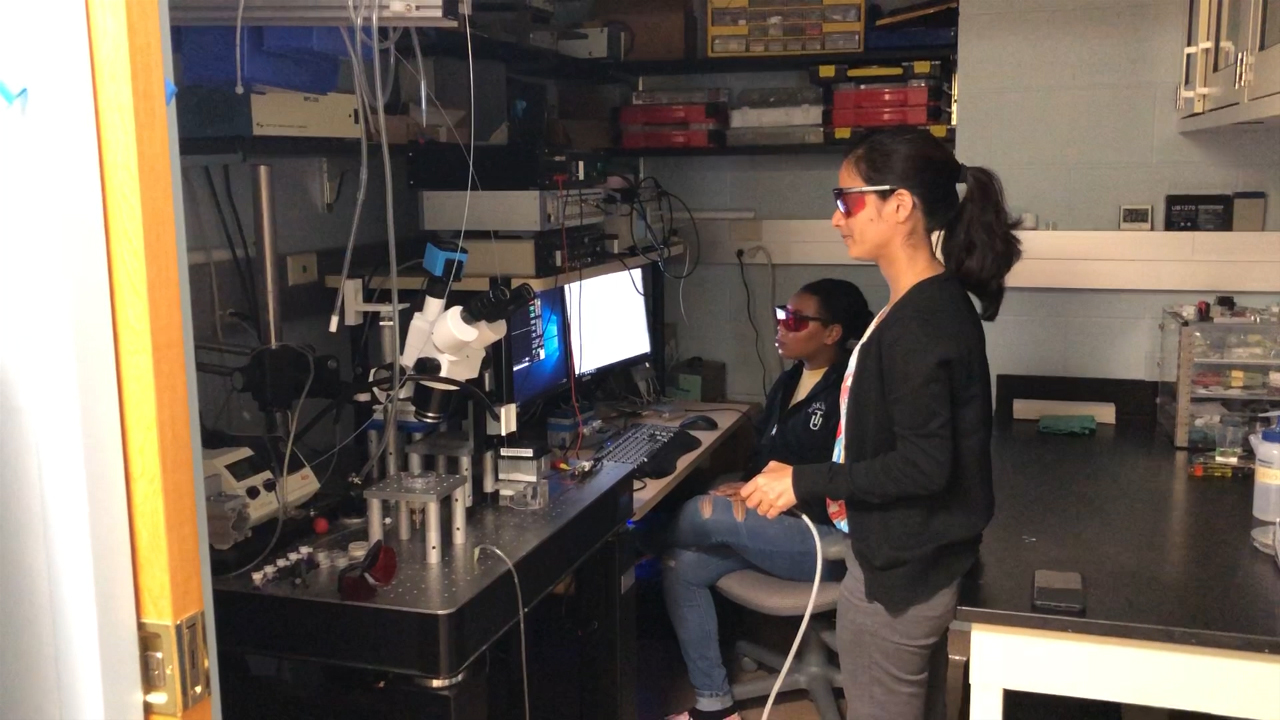The instrument is designed to analyze the quality of liquids using the photoacoustic effect, or the generation of sound waves after light is absorbed in a material. The MU scientists believe this might be the first use of this technology to analyze such small liquid samples.
Team develops new method of measuring the speed of sound in liquids
COLUMBIA, Mo. - Ping! The popular 1990 film, The Hunt for Red October, helped introduce sonar technology on submarines to pop culture. Now, nearly 30 years later, a team of scientists at the University of Missouri is using this same sonar technology as inspiration to develop a rapid, inexpensive way to determine whether the drinking water is safe to consume. Based on their results, the scientists said they can determine changes in the physical properties of liquids.
"If the water isn't drinkable, then our method will tell you that something is wrong with the water," said Luis Polo-Parada, an associate professor of pharmacology and physiology in the MU School of Medicine and investigator at the MU Dalton Cardiovascular Research Center. "For instance, if a facility removes salt from sea water in order for water to be safe for drinking, our method can help alert the facility to potential changes such as an issue with the desalination process."







